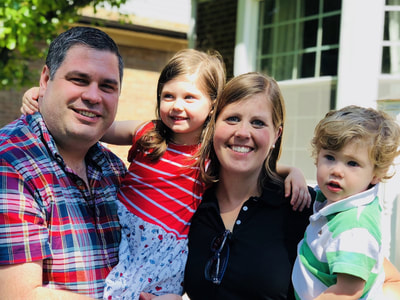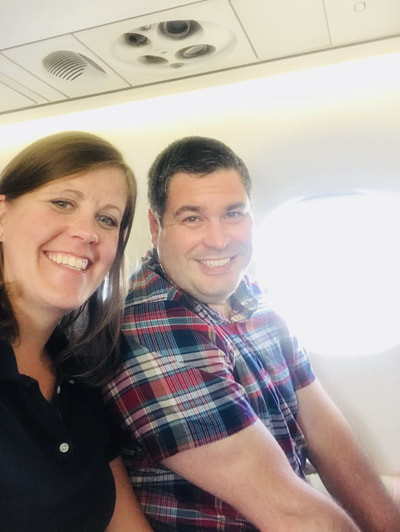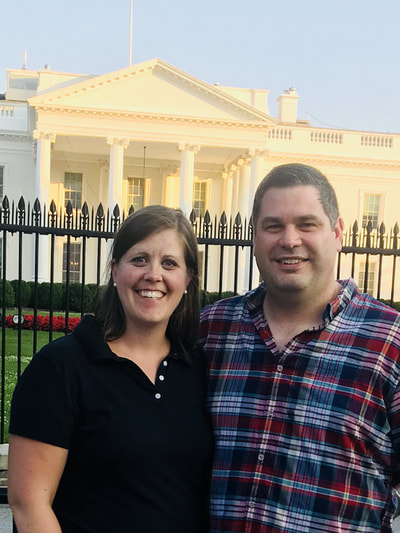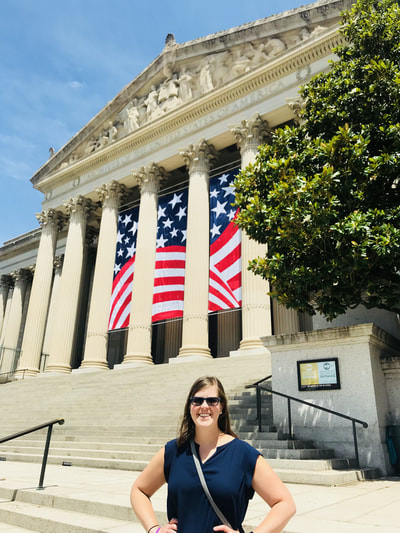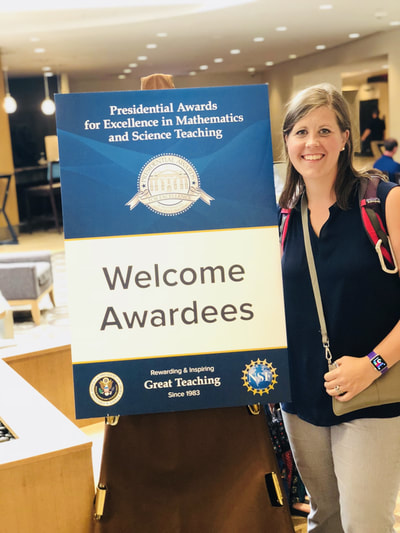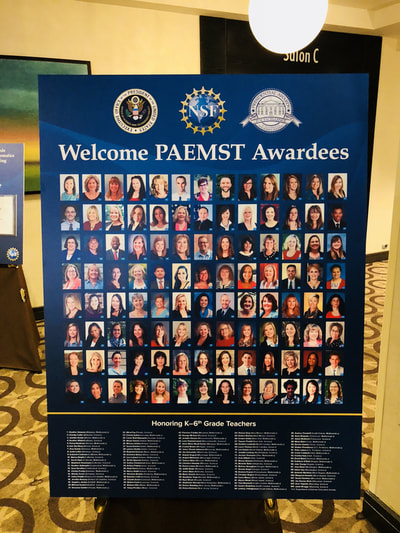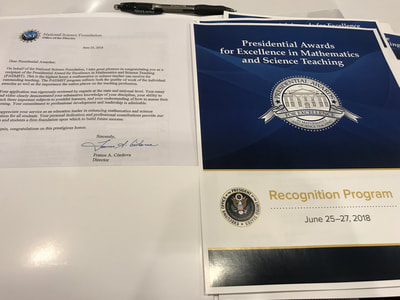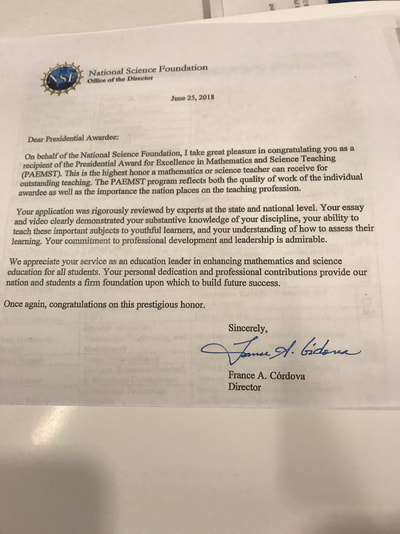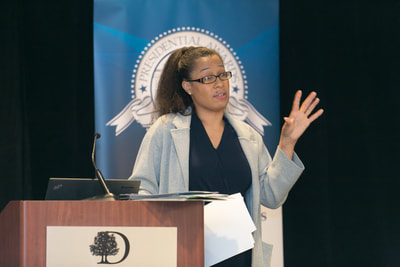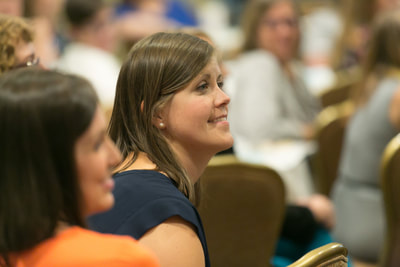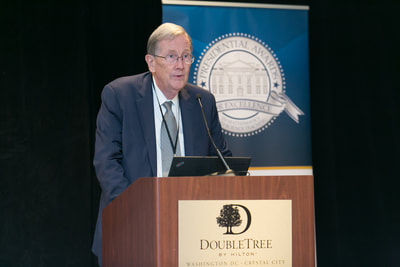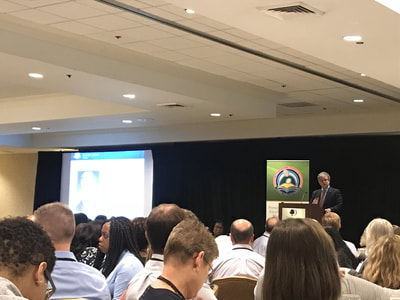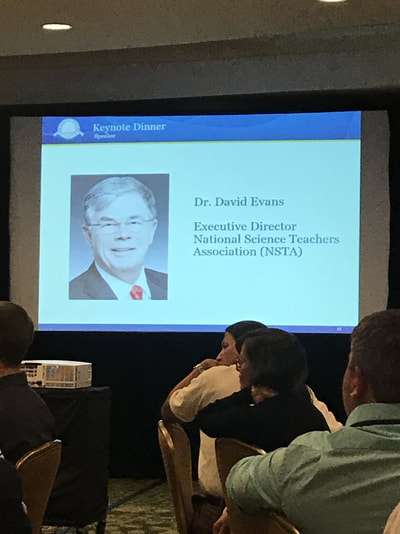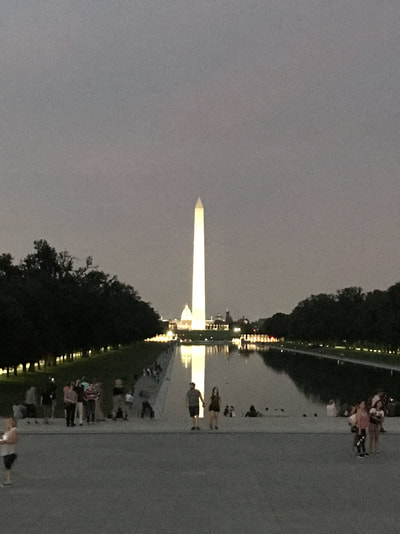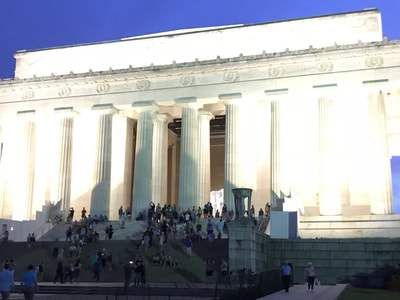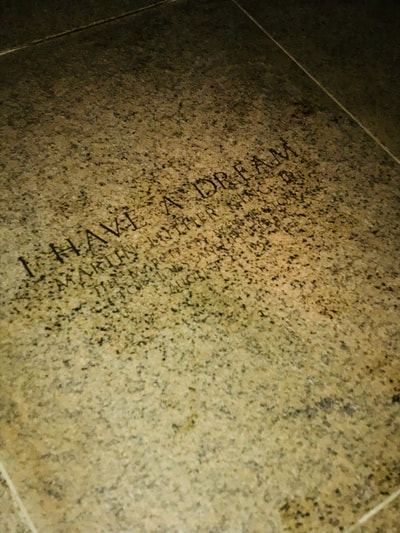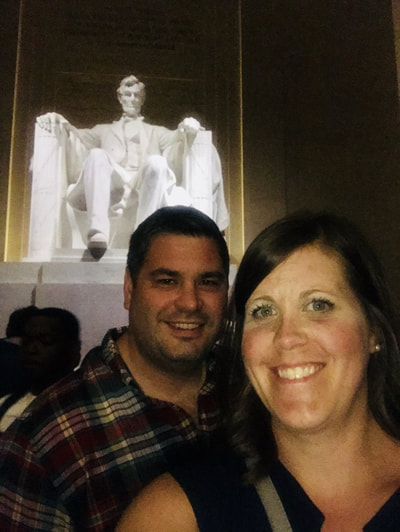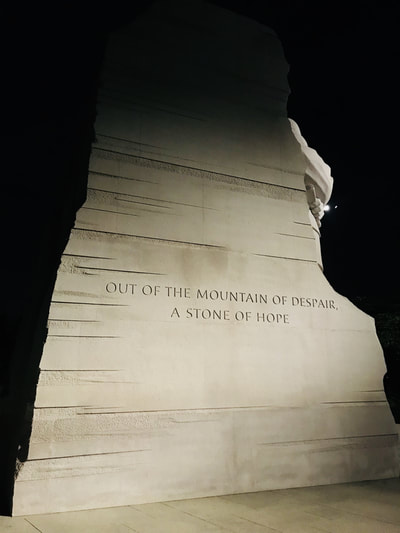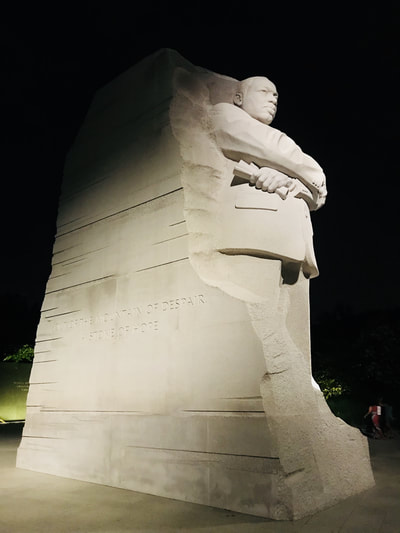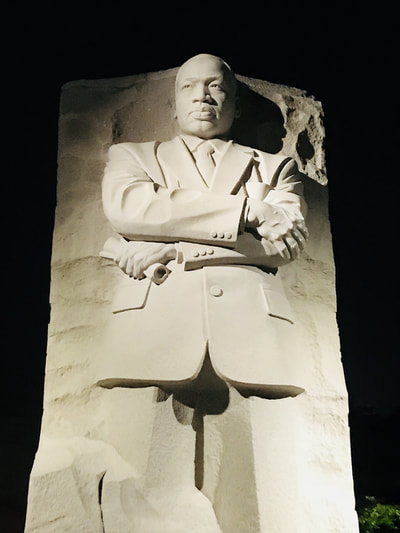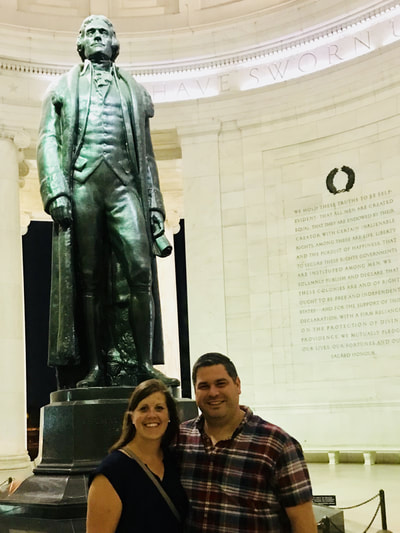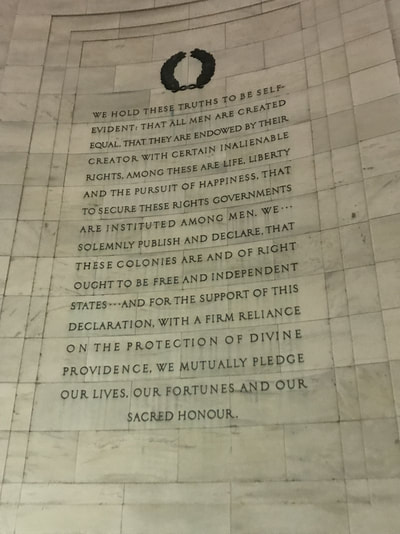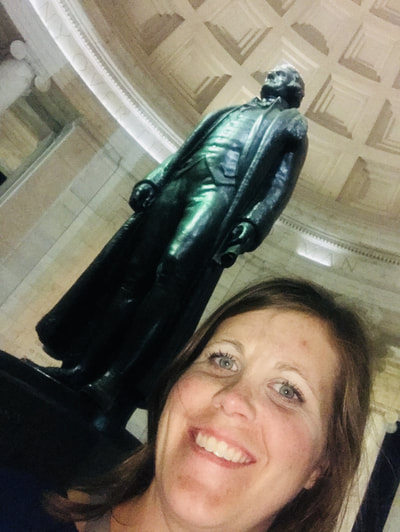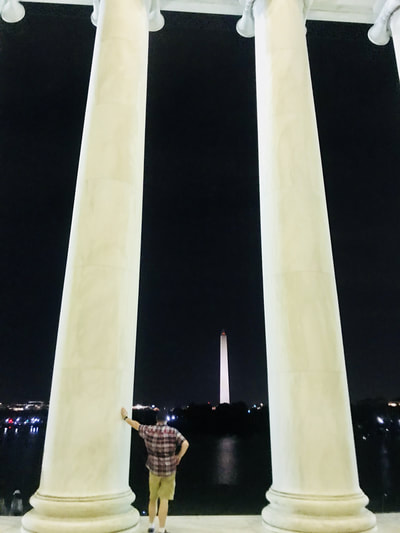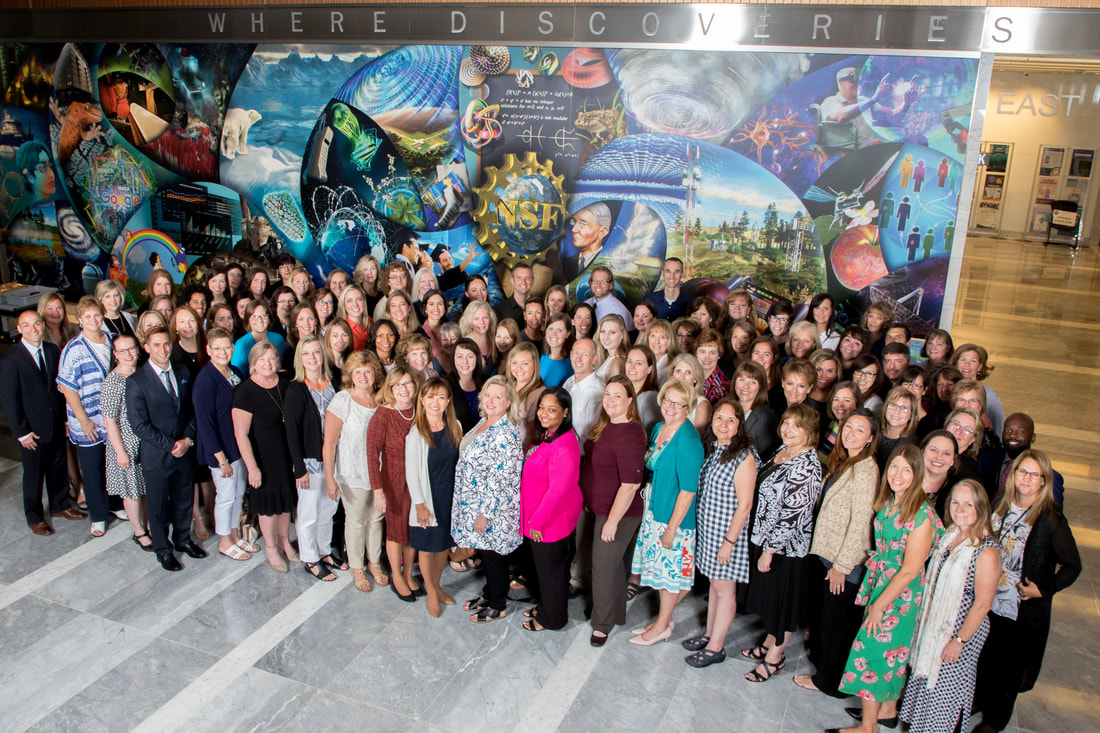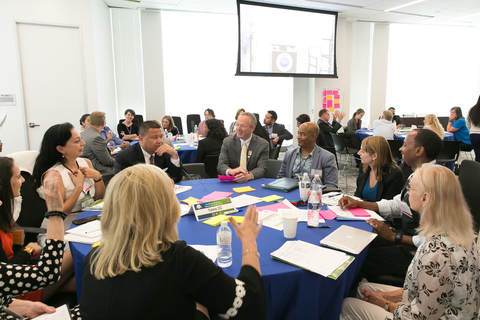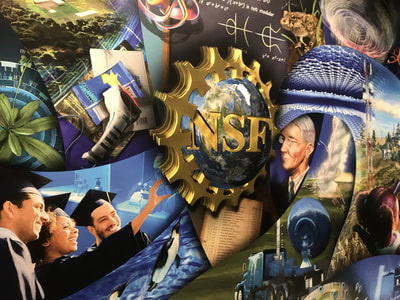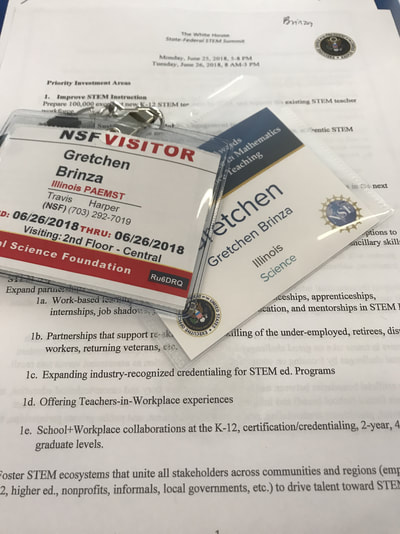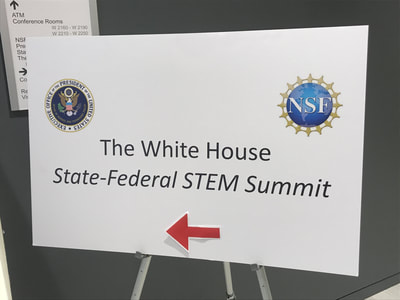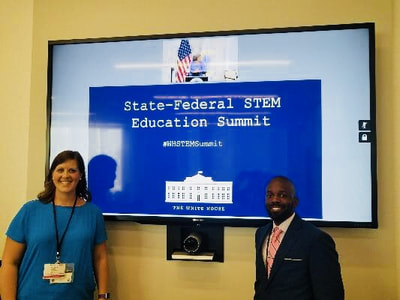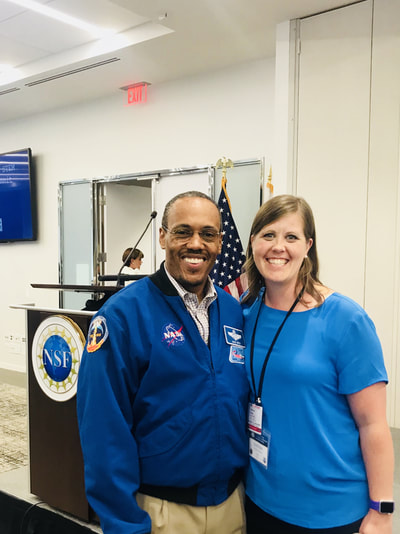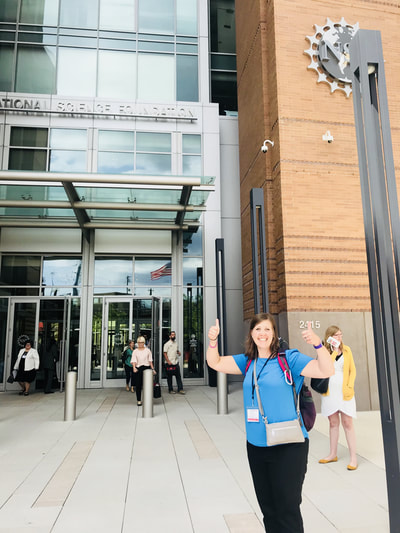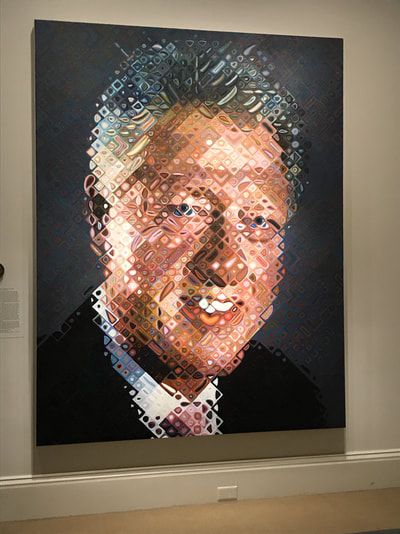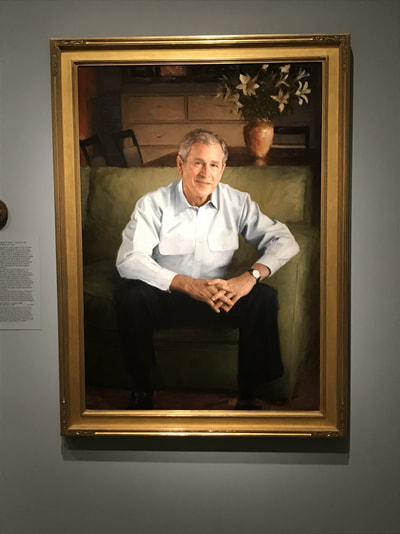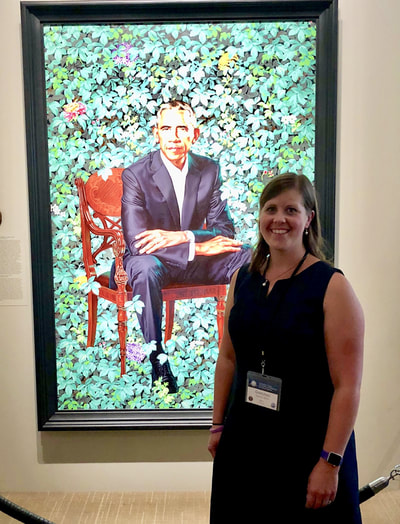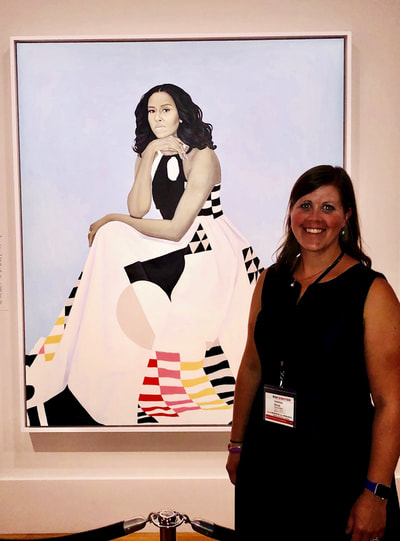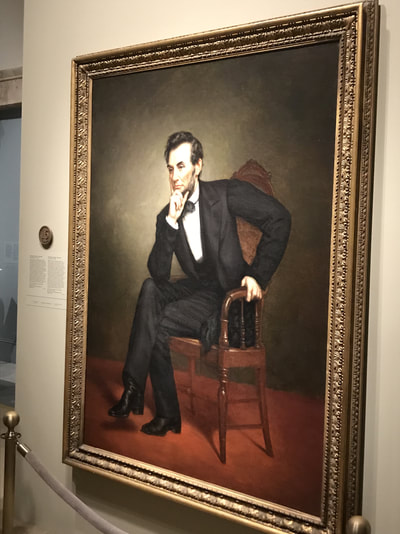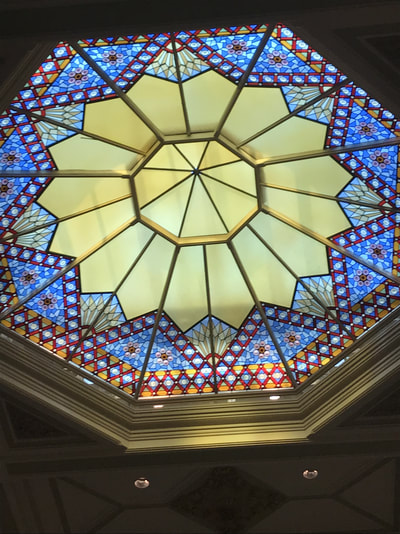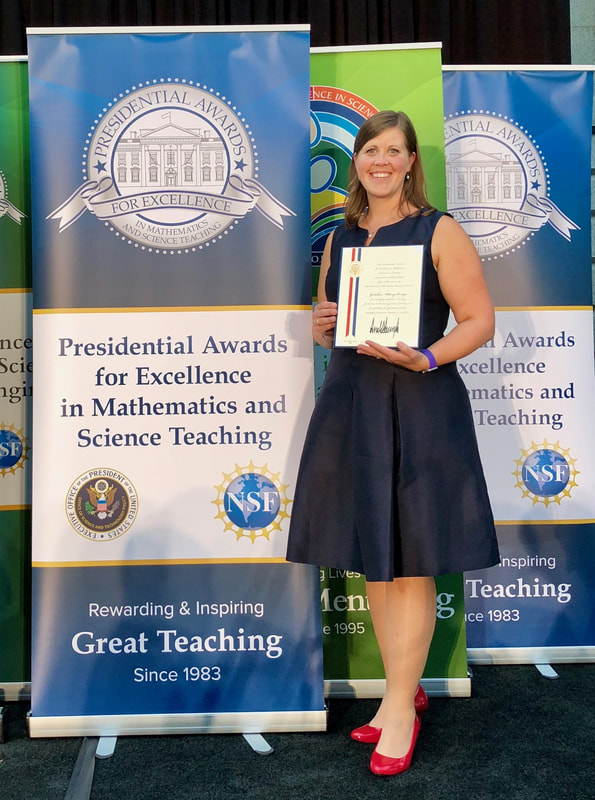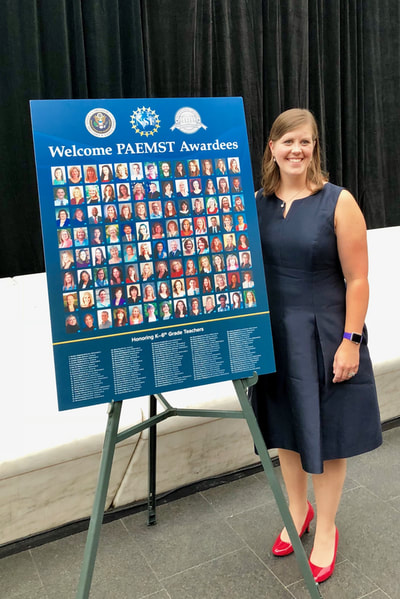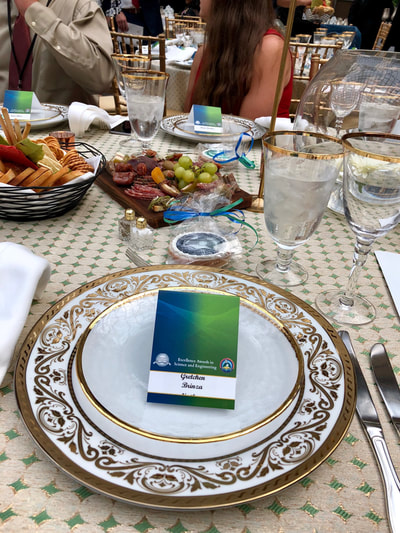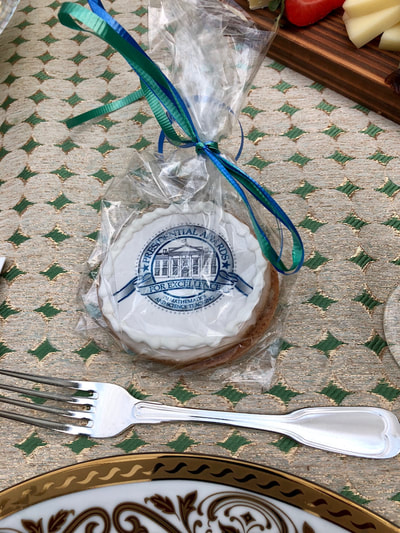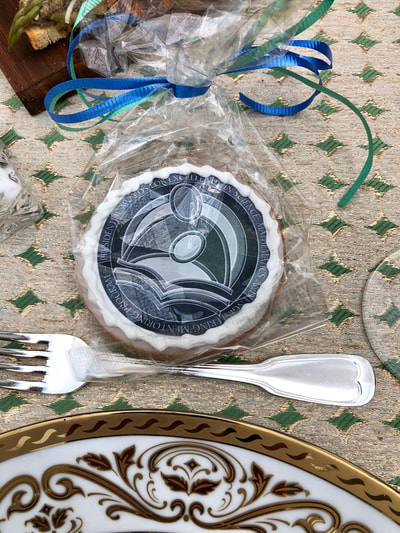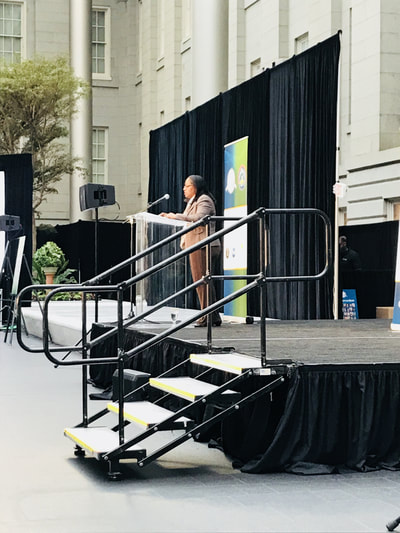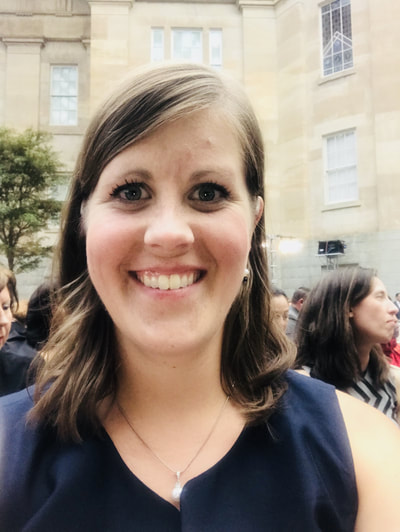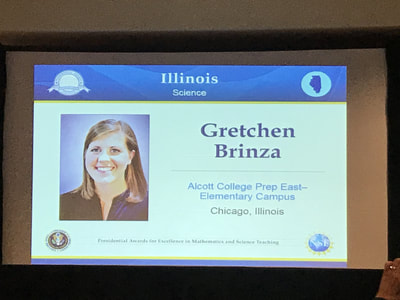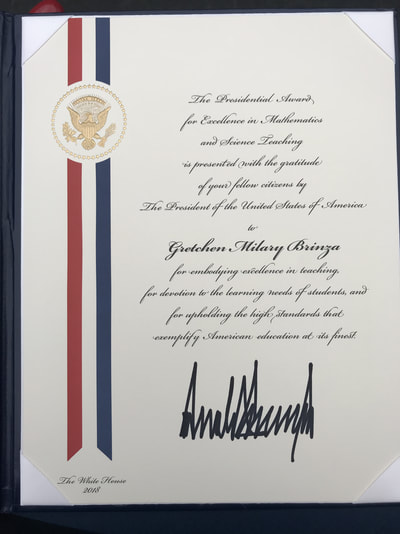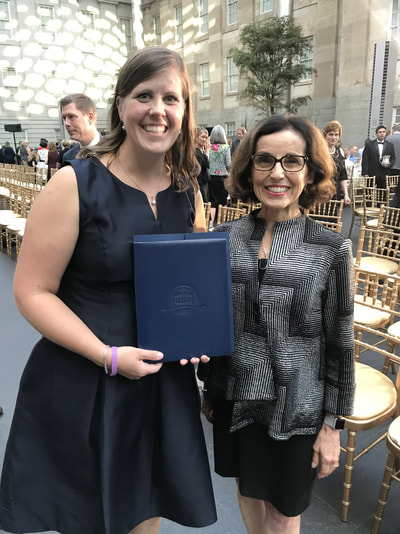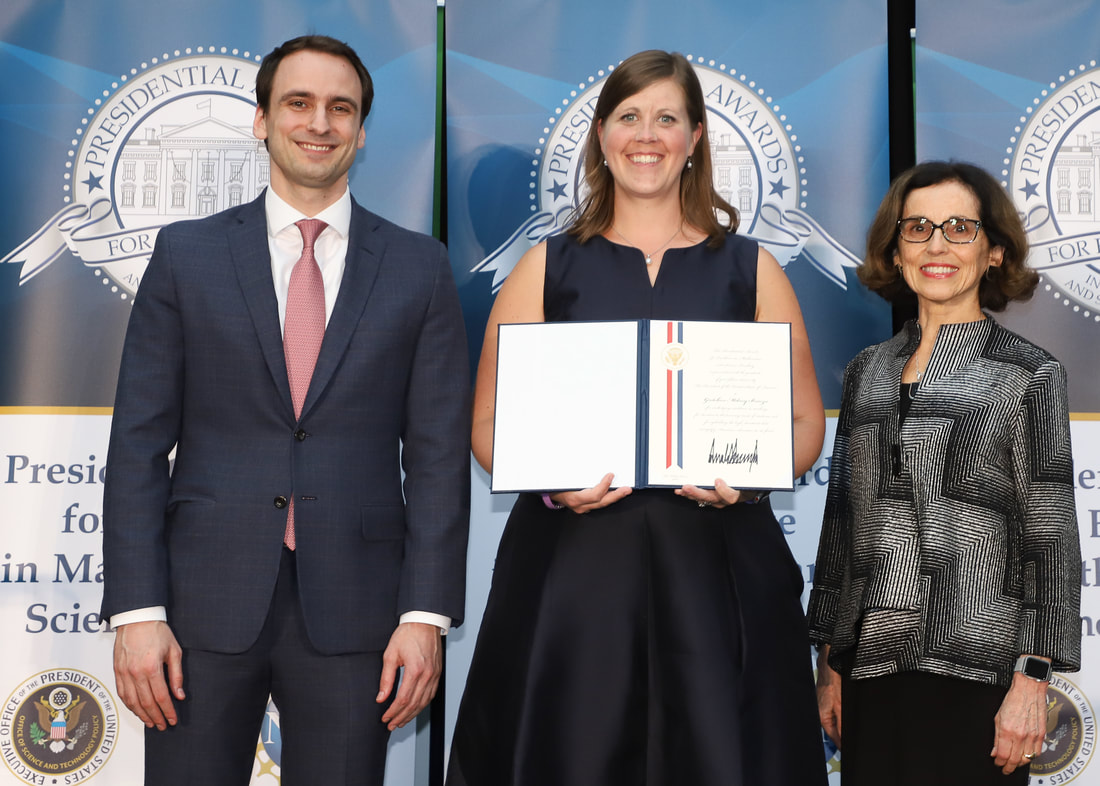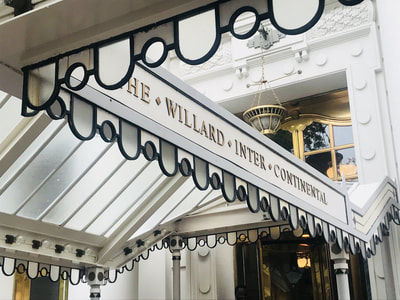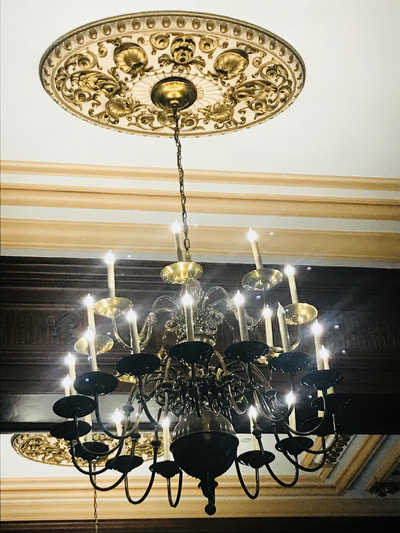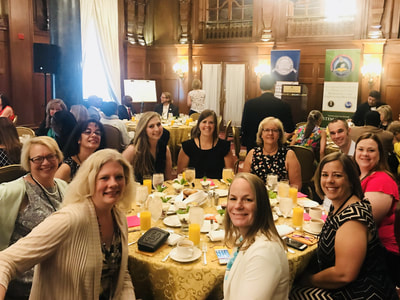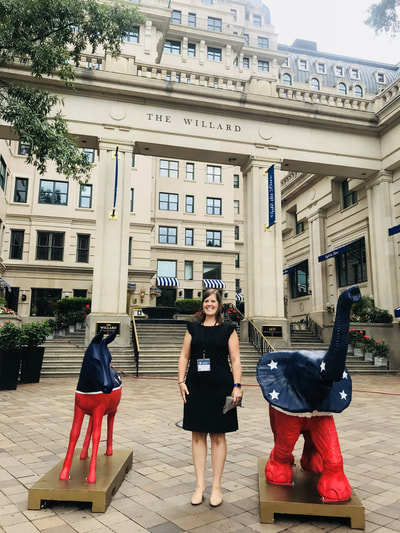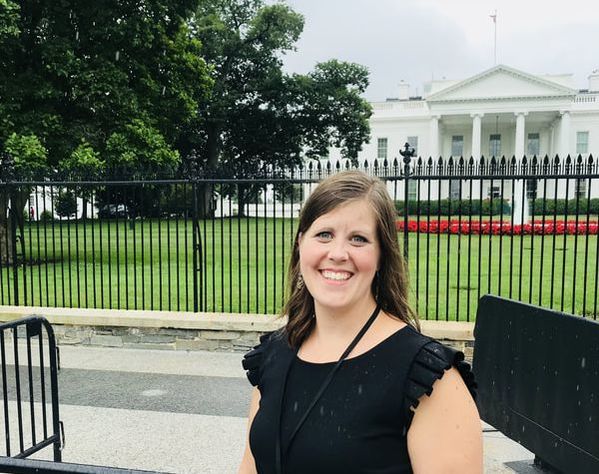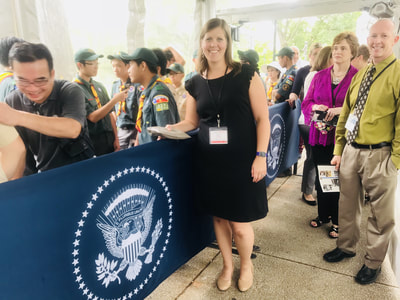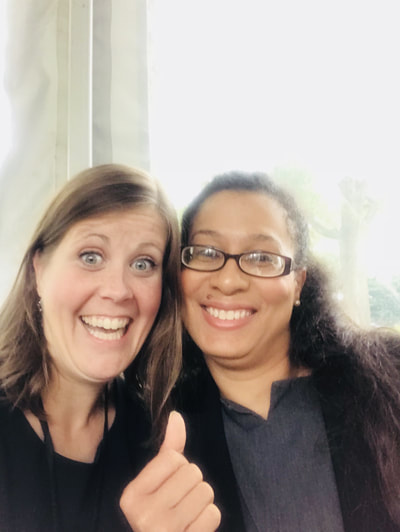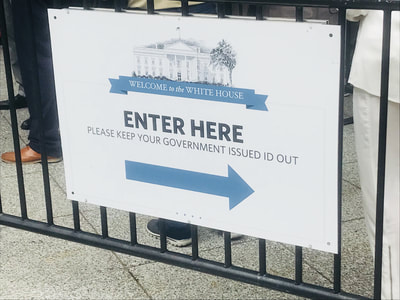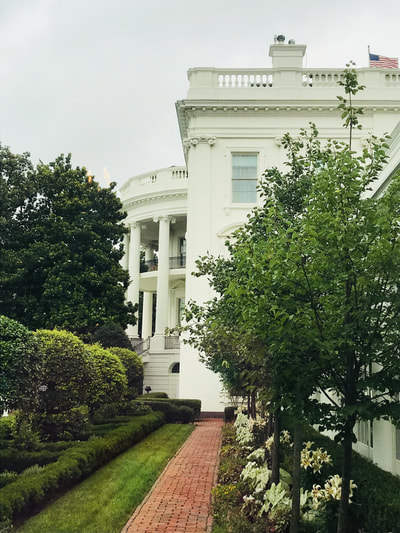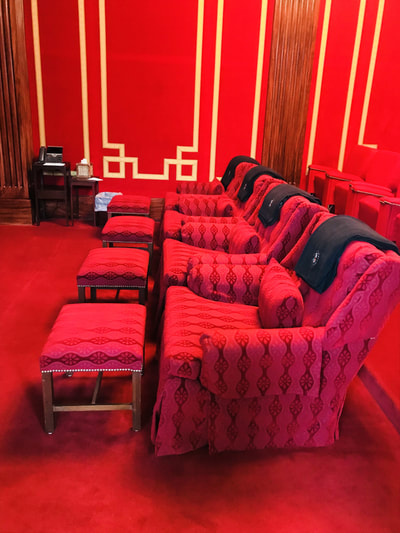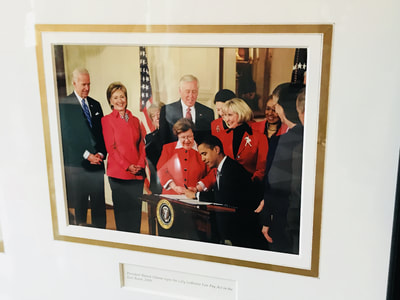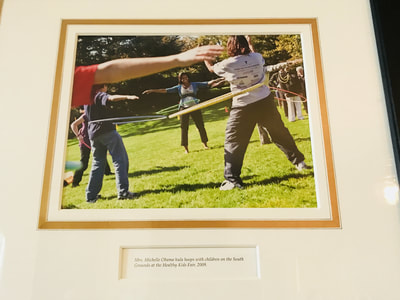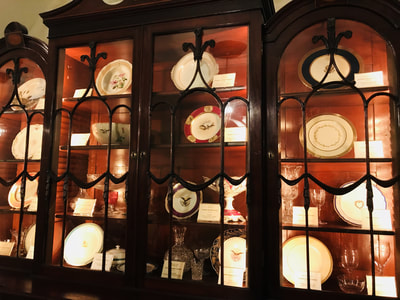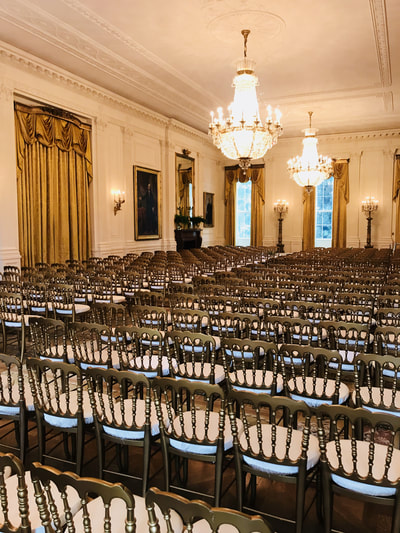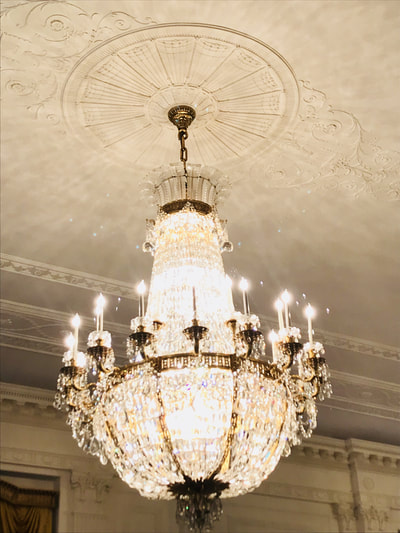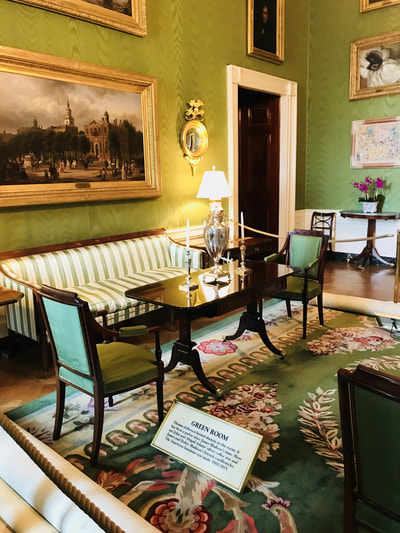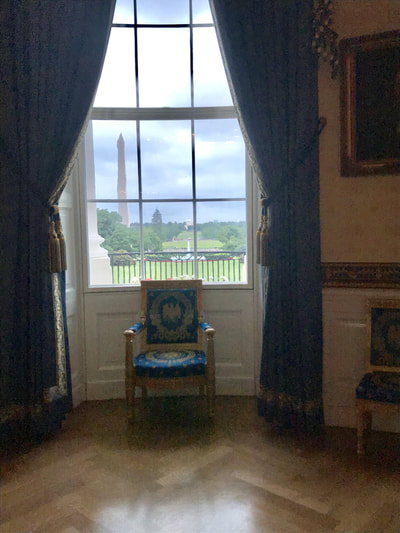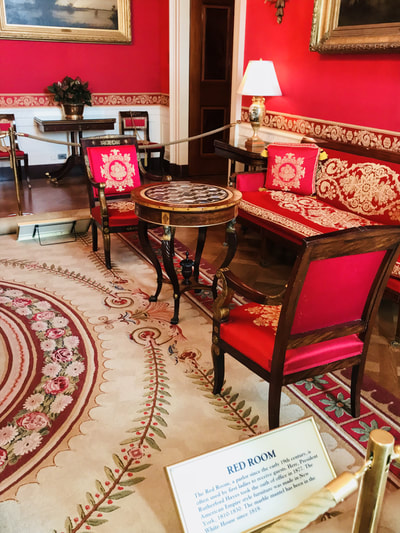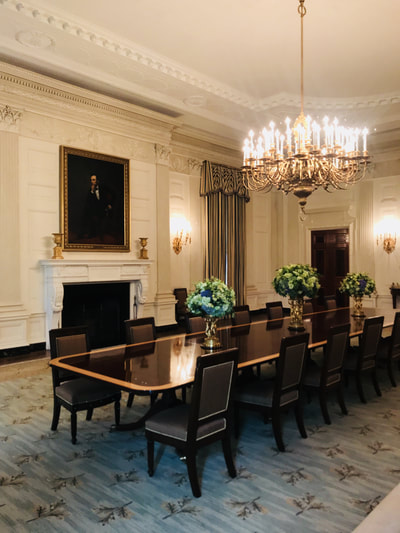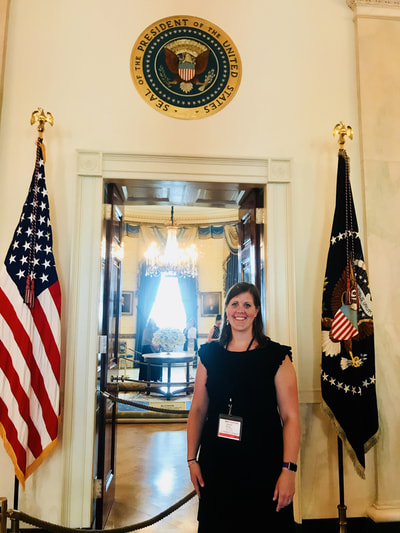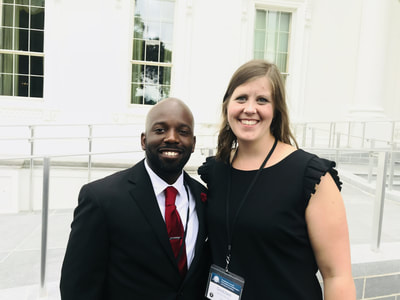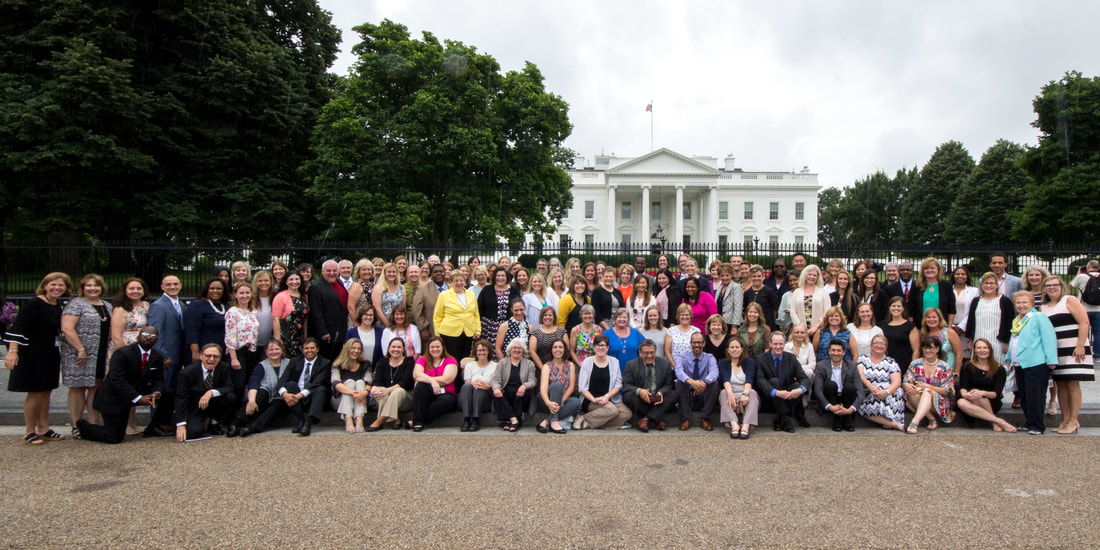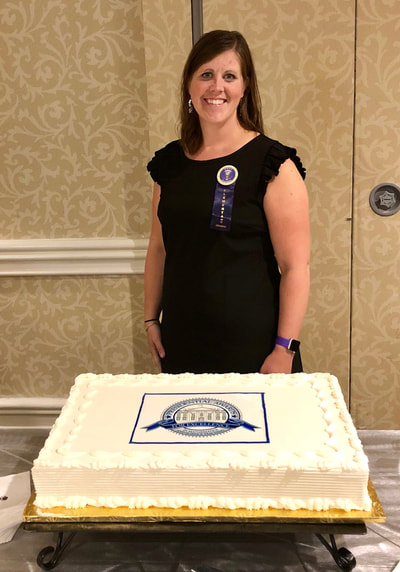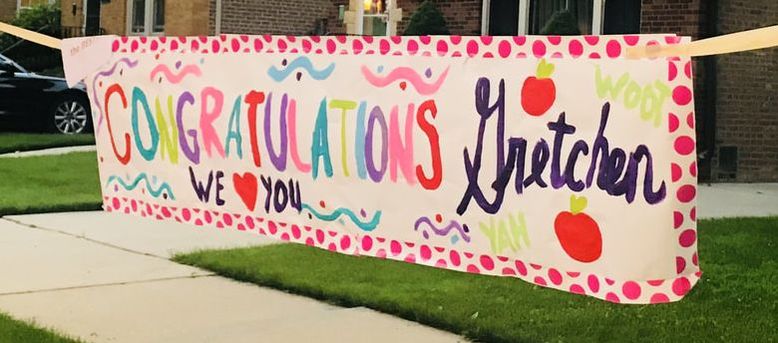I am honored and humbled to have been named the K-6th Science Awardee for 2016 Presidential Awards for Excellence in Mathematics and Science Teaching (PAEMST) from Illinois! Since the summer of 2018 when PAEMST Awardees were announced, I have had so many questions from so many people, that I decided to publicly post my experiences as a way to share this incredible experience with a larger audience.
First and foremost, this award is NOT about me, but rather a collective recognition for so many people who have helped mold me into the teacher I am today. It is for all the colleagues and administrators past and present who have taught along side me and pushed me in my practice. It is for my mentors in the scientific teaching community, science leaders in my district, and others at organizations partnering with CPS who are committed to advancing science education in our country. It is for all the students who in my career, were and are just as enthusiastic about STEM education as I am, and who each and every day help everyone in our classroom figure something out. It is for all the parents who knowingly trusted me with their child(ren) to let them dig deeper into understanding science and develop a love for it. And lastly, this incredible honor is a thanks to my friends and family, who have pushed me in to continually learning myself, along with supporting me through late nights, weekends, and summers of becoming the teacher I am today.
So as unoriginal as this may sound, there are no better words to express than thank you. Thank you to each and everyone one of you who has been a part of my incredible journey as a teacher.
First and foremost, this award is NOT about me, but rather a collective recognition for so many people who have helped mold me into the teacher I am today. It is for all the colleagues and administrators past and present who have taught along side me and pushed me in my practice. It is for my mentors in the scientific teaching community, science leaders in my district, and others at organizations partnering with CPS who are committed to advancing science education in our country. It is for all the students who in my career, were and are just as enthusiastic about STEM education as I am, and who each and every day help everyone in our classroom figure something out. It is for all the parents who knowingly trusted me with their child(ren) to let them dig deeper into understanding science and develop a love for it. And lastly, this incredible honor is a thanks to my friends and family, who have pushed me in to continually learning myself, along with supporting me through late nights, weekends, and summers of becoming the teacher I am today.
So as unoriginal as this may sound, there are no better words to express than thank you. Thank you to each and everyone one of you who has been a part of my incredible journey as a teacher.
Day 1: Monday, June 24, 2018
Getting from Chicago to Washington, D.C.
My husband and I said goodbye to our two kids and boarded a plane to DC a day early. We figured we would be tourists before the official Welcome Reception on Tuesday!
Day 2: Tuesday, June 25, 2018
Arriving at the Welcome Reception
In the morning, we had a chance to visit the National Archives and see important documents in our country's history that are certainly incredibly important today: the Declaration of Independence, the Constitution, and the Bill of Rights. We then set off to the Double Tree in Arlington, Virginia, where we were welcomed with an official sign and acknowledgement of the other recipients. There was still no official press release at this point, so it was interesting to see that we were "Awardees" when nothing had actually been documented yet! Talk about a secret, huh?!?!
When we arrived at the Welcome Reception, we were given a detailed itinerary for the next three days. Upon opening our packets, it was so wonderful to see that Dr. France Cordova, director of the National Science Foundation, offered her congratulatory notes to all the Awardees. With an incredible background, she is truly an inspiration for the science community. We sat at round tables and listened to opening remarks Dr. Nafeesa Owens, Program Director for the Excellence Awards in Science and Engineering (EASE) and Dr. William (Jim) Lewis, Acting Assistant Director of the Directorate for Education and Human Resources (HEHR).
During the Welcome Reception, each of the 100+ teachers (50 states, plus territories and the Department of Defense) in the room had a chance to stand up and introduce themselves. There were teachers from urban areas like myself, suburban districts, and rural areas, too (including a teacher from a one-room school house). Despite our differences in location, teaching assignment, and years teaching, there was an overwhelming theme uniting us in all of our introductions:
- Someone in our lives inspired us to teach.
- Never underestimate what you do with students.
- Take risks...lots of them and often!
- Never stop learning.
Welcome Dinner
By this point in the evening, the press release came out, and everyone was excited to share the incredible news with friends and family! There was such excitement from everyone...it was really a proud moment!
|
|
During the Welcome Dinner, there was plenty of time to meet more Awardees, along with hearing some great words from some really important people. The Keynote was provided by Dr. David Evans, Executive Director of the National Science Teachers Association. He focused his talk on inspiration, and how we, as elementary teachers, have a critical role to play in advancing our country in STEM fields. He mentioned a couple things that struck me. First off, cell phone technology has vastly changed in ten years. Imagine where STEM industries will lead us over the next ten years. He also mentioned how his own 6th grade teacher told him he was going to go on and teach people about science, and she was right! To see where he ended up today, I can only hope I am making the same positive impact with my students like Dr. Evans' teacher did with him!
After the Welcome Dinner, my husband I set out to conquer the National Mall at night.
Day 3: Tuesday, June 26, 2018
National Science Foundation (NSF)
|
Today we had the honor of being a part of the State-Federal STEM Education Summit, an event hosted by The White House Office of Science and Technology Policy (OSTP).
Leaders from each State and Territory were represented from the business, education, and policy sectors and as PAEMST Awardees, were were included in on the discussions in creating the next Federal Science, Technology, Engineering, and Mathematics Education 5-Year Strategic Plan. Talk about AMAZING! |
We had three discussions--the first with solely teacher awardees, the second with teacher awardees and mentor awardees, and the last with the business, education, and policy sector nominees. The discussions were each led by a team member from NSF and the topics were:
1. Impact of current (2013-2018) Federal 5-Year STEM Education Strategic Plan on State STEM programs and policies.
2. Trends and priorities in Federal STEM Education.
3. Federal role in supporting State STEM Education.
Much of our conversations focused on:
1. Sustainability around increasing the diversity and inclusion of all Americans in STEM programs.
2. Support around the beauty in mathematics, powerfully linking all other aspects of STEM.
3. STEM learners solving societal challenges alongside demonstration as assessment.
So in other words, our country needs to make it a priority that all people have access to STEM programs that meet their needs in their communities, working towards beyond their communities. It's also the nation's job to make sure that these programs are accessible and sustainable for everyone. And lastly, learning needs to be real and meaningful. No matter who you are, where you live, or what you do, you will come to a roadblock and thinking with a STEM lens can only strengthen your perspective and ultimately, your outcomes.
As teachers, we all stressed the importance of continuous learning and sustainable, supportive professional development, and that we were willing to take on the challenge of beginning this plan with the youngest of students. We just need the right help and resources to do it. We certainly can't do this alone and without the tools to see the plan grow, evolve, and flourish.
Everything we said was documented, and writers of the next STEM-Education 5-Year Strategic Plan stressed to hear teachers' voices. I am excited to see what this document looks like. Until then...
1. Impact of current (2013-2018) Federal 5-Year STEM Education Strategic Plan on State STEM programs and policies.
2. Trends and priorities in Federal STEM Education.
3. Federal role in supporting State STEM Education.
Much of our conversations focused on:
1. Sustainability around increasing the diversity and inclusion of all Americans in STEM programs.
2. Support around the beauty in mathematics, powerfully linking all other aspects of STEM.
3. STEM learners solving societal challenges alongside demonstration as assessment.
So in other words, our country needs to make it a priority that all people have access to STEM programs that meet their needs in their communities, working towards beyond their communities. It's also the nation's job to make sure that these programs are accessible and sustainable for everyone. And lastly, learning needs to be real and meaningful. No matter who you are, where you live, or what you do, you will come to a roadblock and thinking with a STEM lens can only strengthen your perspective and ultimately, your outcomes.
As teachers, we all stressed the importance of continuous learning and sustainable, supportive professional development, and that we were willing to take on the challenge of beginning this plan with the youngest of students. We just need the right help and resources to do it. We certainly can't do this alone and without the tools to see the plan grow, evolve, and flourish.
Everything we said was documented, and writers of the next STEM-Education 5-Year Strategic Plan stressed to hear teachers' voices. I am excited to see what this document looks like. Until then...
Smithsonian American Art Museum and National Portrait Gallery
After a quick trip back to the hotel, we changed and boarded buses to go to the Smithsonian for the official Awards Ceremony. We had a quick thirty minutes to explore the National Portrait Gallery, and I was really excited to see they had installed both former President Obama and Michele Obama's portraits! I got some quick pictures before heading into the Awards Ceremony. Each President's portrait that I took a picture with has been in office during my life, with the exception of Abraham Lincoln, who was from IL. I saw it very fitting to take his picture since our license plates here say, "Land of Lincoln."
The Awards Ceremony

After entering the main hall at the Smithsonian, Awardees had to take a seat up front while all their sponsored guests sat at tables. It was truly a beautiful space, with some great speeches offering thanks and acknowledgement for the critical role we play in our country. Every Awardee got called up on stage, and a picture taken with Michael Kratsios (Deputy Assistant to the President and Deputy U.S. Chief Technology Officer--OTSP) and Dr. France Cordova (Director of the National Science Foundation). We sat down to a great meal and conversation after the Awards Ceremony!
|
|
|
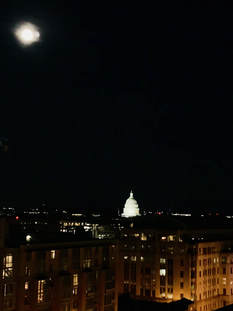
To sit in a room with such amazing teachers and mentors was really an honor, quite humbling in fact. I thought of all the students who are so lucky to have such great teachers inspiring them in science and mathematics.
As I sat there, I thought about how everyone in that room works really hard within the four walls of their classroom. But a big take away message I heard from the days' events were to make our voices heard, to reach out beyond our classrooms and share our stories and successes with others, whether that be teachers, administrators, policy makers, or others, and to take more risks in advancing STEM education in our nation.
A former awardee said that from receiving the PAEMST Award, many doors would open. But what will be important, the past Awardee said, is that even though the PAEMST Award is certainly humbling, we also have an expertise in something that needs to be shared through every door we choose to pass.
As I sat there, I thought about how everyone in that room works really hard within the four walls of their classroom. But a big take away message I heard from the days' events were to make our voices heard, to reach out beyond our classrooms and share our stories and successes with others, whether that be teachers, administrators, policy makers, or others, and to take more risks in advancing STEM education in our nation.
A former awardee said that from receiving the PAEMST Award, many doors would open. But what will be important, the past Awardee said, is that even though the PAEMST Award is certainly humbling, we also have an expertise in something that needs to be shared through every door we choose to pass.
Day 4: Wednesday, June 27, 2018
Willard Hotel
Our breakfast this morning was at the Willard Hotel where we were to hear about the Future of Excellence Awards in Science and Engineering. It was here that we got to think BIG and suggest how we could begin sharing our areas of expertise with others as we go home. Discussions were lead by AAAS Science and Technology Policy Fellows Dr. Alan A. Arnold and Dr. Faith M. Dukes along with Albert Einstein Distinguished Educator Fellow Dr. David Steele. Suggestions included:
1. Virtual platforms to share high-quality teaching in-action.
2. Regional conferences to reconnect--there's nothing like a face-to-face meeting.
3. Meeting with policy makers to share the voice for K-6 STEM education "demands."
1. Virtual platforms to share high-quality teaching in-action.
2. Regional conferences to reconnect--there's nothing like a face-to-face meeting.
3. Meeting with policy makers to share the voice for K-6 STEM education "demands."
The White House
After breakfast at the Willard we walked over to the White House. There was a long wait to get in, and it was great to be in such nice company! I have to tell students this story about me waiting in line though, because it literally comes back to a phenomenon we work really hard to try and explain...think smells and badger here, kids!
Skip this part if you haven't been my student (or just read it because you're curious):
While waiting to get into the White House, you have to go up this ramp, by yourself. A Secret Service agent stops you, makes you stand on this special mat, and there's this GIANT FAN blowing on you. Next to you, on the other side, is a big metal wall with slits in it, so that the wind blowing on you can reach whatever is on the other side of the wall, through the slits. Well, guess what's on the other side of the wall? Dogs. Yup, working dogs just smelling all the particles that are flying off you left and right due to the wind, and obviously, anyone with something that sets the dogs off may signal you're a risky individual to be welcomed into the White House. It made me think of why I smell something from a distance, or why those flies are able to smell the decomposing badger from afar. Yup, it always comes back to the badger, guys! I literally shouted, "I teach my students this stuff! A real world application of particles!" The Secret Service agent just laughed at me, but I bet it was the best thing anyone said to him all day!
At this point, we eventually made it into the White House for a self-guided tour, and it was really interesting to see the place where all of our Presidents have lived and worked.
Skip this part if you haven't been my student (or just read it because you're curious):
While waiting to get into the White House, you have to go up this ramp, by yourself. A Secret Service agent stops you, makes you stand on this special mat, and there's this GIANT FAN blowing on you. Next to you, on the other side, is a big metal wall with slits in it, so that the wind blowing on you can reach whatever is on the other side of the wall, through the slits. Well, guess what's on the other side of the wall? Dogs. Yup, working dogs just smelling all the particles that are flying off you left and right due to the wind, and obviously, anyone with something that sets the dogs off may signal you're a risky individual to be welcomed into the White House. It made me think of why I smell something from a distance, or why those flies are able to smell the decomposing badger from afar. Yup, it always comes back to the badger, guys! I literally shouted, "I teach my students this stuff! A real world application of particles!" The Secret Service agent just laughed at me, but I bet it was the best thing anyone said to him all day!
At this point, we eventually made it into the White House for a self-guided tour, and it was really interesting to see the place where all of our Presidents have lived and worked.
Double Tree and Back to Chicago
And before we all said our goodbyes, we learned abut the PAEMST Alumni Organizations. It was also the 35th Anniversary of the Awards, so of course there was cake! I am so thankful for this amazing opportunity and am excited for what it will bring.
Upon my return to Chicago, there were lots of individuals from near and far offering their congratulatory messages. Thank you, thank you, thank you!
Upon my return to Chicago, there were lots of individuals from near and far offering their congratulatory messages. Thank you, thank you, thank you!
Frequently Asked Questions:
Did you meet the President of the United States?
No.
Are you okay with that?
That's a tricky question with a tricky answer. There's a lot going on in our country right now that is really challenging to comprehend, especially as a parent, as a woman, and as a science teacher who teaches my students to make decisions based on evidence. I am also honored to have won this award, which is the nation's top honor for mathematics and science teachers. I will leave it at that.
Your award is for 2016, but you were honored in 2018. Why is that?
Honestly, I don't know why there was such a delay, but NSF and the folks at EASE were incredible.
What's the application process like?
A former colleague first nominated me in 2011, and I completed the application process three times in 2012, 2014, and 2016, being named a state finalist all three times. The application entails a video submission, a lengthy written response, and multiple letters of recommendation. My 2016 submission was with 6th graders from Alcott.
Is it true that you got all the way to Washington, D.C. and still had to keep this award a secret?
Yes. The official press release didn't come out until late Monday afternoon, after we had already had the Welcome Reception!
So when did you find out you would be awarded?
I got an FBI request for a background check in July of 2017. This is apparently the "signal" that you won but you're not allowed to say anything about it for security reasons. So I waited and waited for the announcement all school year, but couldn't say a thing. And then, in mid-May of 2018, I got asked for a background check again. My travel was cleared just at the end of the school year, and then, I was in D.C. not even a week after school got out!
What are you going to do now that you won?
I'm still going to be teaching 5th/6th grade science in Chicago Public Schools and working on various projects with NextGen Science Storylines and PAGES. I love teaching and improving access to high quality, FREE science curriculum, so and as I say to my students, #ilovewhatido.
Thank you!
Did you meet the President of the United States?
No.
Are you okay with that?
That's a tricky question with a tricky answer. There's a lot going on in our country right now that is really challenging to comprehend, especially as a parent, as a woman, and as a science teacher who teaches my students to make decisions based on evidence. I am also honored to have won this award, which is the nation's top honor for mathematics and science teachers. I will leave it at that.
Your award is for 2016, but you were honored in 2018. Why is that?
Honestly, I don't know why there was such a delay, but NSF and the folks at EASE were incredible.
What's the application process like?
A former colleague first nominated me in 2011, and I completed the application process three times in 2012, 2014, and 2016, being named a state finalist all three times. The application entails a video submission, a lengthy written response, and multiple letters of recommendation. My 2016 submission was with 6th graders from Alcott.
Is it true that you got all the way to Washington, D.C. and still had to keep this award a secret?
Yes. The official press release didn't come out until late Monday afternoon, after we had already had the Welcome Reception!
So when did you find out you would be awarded?
I got an FBI request for a background check in July of 2017. This is apparently the "signal" that you won but you're not allowed to say anything about it for security reasons. So I waited and waited for the announcement all school year, but couldn't say a thing. And then, in mid-May of 2018, I got asked for a background check again. My travel was cleared just at the end of the school year, and then, I was in D.C. not even a week after school got out!
What are you going to do now that you won?
I'm still going to be teaching 5th/6th grade science in Chicago Public Schools and working on various projects with NextGen Science Storylines and PAGES. I love teaching and improving access to high quality, FREE science curriculum, so and as I say to my students, #ilovewhatido.
Thank you!
